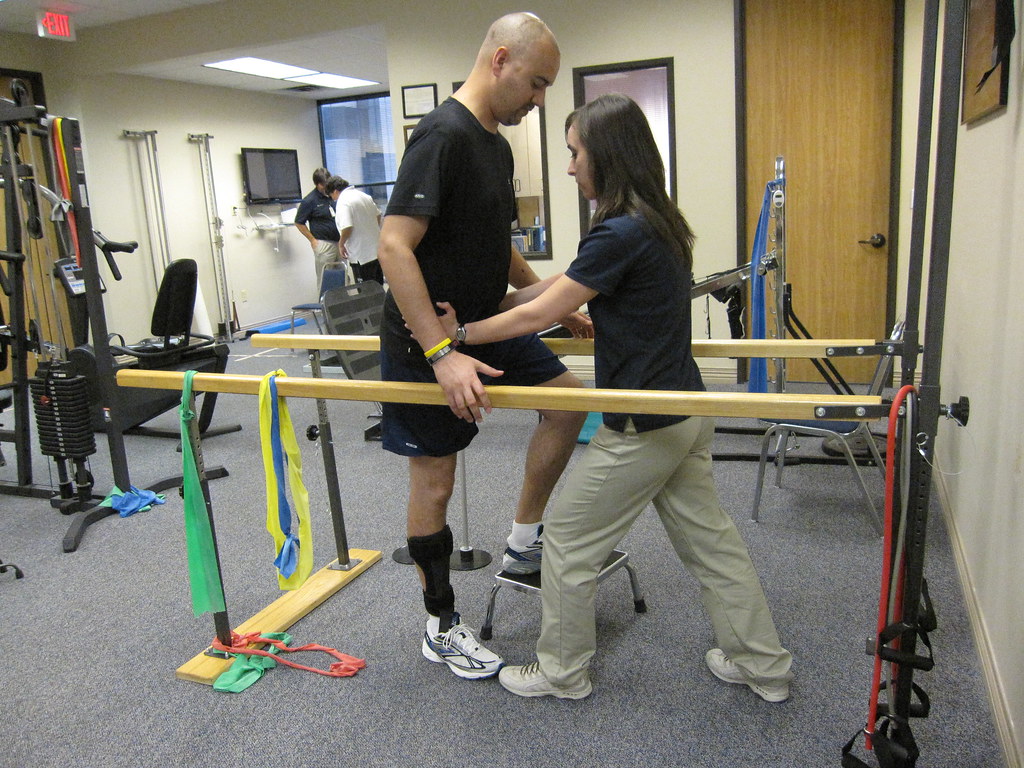A common sign of aging is becoming weaker and at times, pain or difficulty in moving. The reason behind this is the decline in skeletal muscle, or what is formally known as sarcopenia. While this naturally happens, it does not automatically mean that old people start to lose their strength or independence after retirement. What this means is that there are ways to slow this down, stop or maybe even reverse this decline.
What Is Sarcopenia?
While people think that sarcopenia is an old person’s condition, the decline can actually start at the age of 35 years. This decline affects muscle density and function, specifically in its ability to perform day-to-day tasks. This may even include simply running or going up the stairs.
Muscle attrition can restrict a person’s ability to lift a suitcase or even stand up from the toilet seat. In very advanced cases, people find it tough to stand on one foot for more than 20 seconds. What people may think it‘s a sign of old age and frailty is an actual condition that can be prevented or reversed.
Doctors ask patients to perform these tasks as a way of measuring how much muscle density has been lost. In the beginning, many patients attribute it to simply slowing down on their daily habits but over time, it can truly affect a person’s life and independence. They might end up relying on someone else to simply get a bath or to clean their house.
The effects of sarcopenia can go beyond physical, as research has found a link between this condition and emotional decline. What most older people fear above other things is losing their independence, and not getting sick or dying. This is because when they stop being self-reliant and independent, they will have to leave their home and move in with a family member or a nursing home. This transition and change can make them depressed.
Unfortunately, sarcopenia is a very common condition, with about 5 to 20% of people over the age of 65, with the number rising as people grow older. While some people might think that it is not an issue until they go into retirement, the process of muscle loss can start earlier, between the 30s and early 40s. Around this time, there can be a loss of about ½ to 1% of muscle mass every year.
People also lose 1 to 2% of their “maximal voluntary muscle strength (MVMS)”, or how much strength you can exert while contracting voluntarily, yearly. While not everyone will end up having sarcopenia, most will experience more and more symptoms representative of the condition. In short, you might find yourself walking slower or having more troubles going up the stairs.
Preventing Or Reversing Sarcopenia: Is This Possible?
Experts at physiotherapy can answer with full certainty that yes, sarcopenia can be controlled, reversed, or also prevented. Muscle loss cannot be avoided, even if you are working out regularly but the fact remains is that those who are more active in physical activities lose muscle at a lower rate than those who do not exercise. Plus, they enjoy better health overall. But even if you have already been diagnosed, it does not mean that starting on your therapy will not be able to reverse what has been lost in terms of function and mass.
The best exercise to reverse sarcopenia is strength training. Working with your physical therapist, physiotherapist or trainer, you can start a supervised program consisting of resistance exercise training. The important thing is to do at least moderate to high-intensity exercises, which means your training has to close to or at your maximum strength. This can vary from person to person, especially if they are already older and have already been diagnosed with sarcopenia. Within two to three weeks, you start to realize some of the gains of your strength training.
For those looking to reverse sarcopenia, they will need to continue the regimen at an intensity that is high enough, progressing even more as they see results. Over time, the strength gains continue to pile up. Beyond just reversing or stopping sarcopenia in its tracks, patients also experience fewer falls and injuries.
While strength training is considered to be the most important kind of exercise for older people, cardio is also a beneficial addition to their routine. Doing aerobic exercise is still good for their cardiovascular health. Having both is necessary to achieve overall good health all the way through retirement and beyond.
Older people need not spend hours at the gym competing with younger people, there are ways to reap the benefits without exerting themselves too much. Simply do one to two strength training sets weekly and complement that with 20-minute walks 3 or 4 times a week. With just some dumbbells or free weights, they can work on their upper extremity muscles and see the benefits.
Supplementing Exercise With Diet
Studies have shown that people who eat less protein experience more muscle loss compared to those who take in an average amount daily, which is set at 56 grams a day for men and 46 grams for women. If you are taking in an adequate amount though, adding a little bit might still bring additional benefits.
What older people need to remember is that they should distribute their protein intake throughout the whole day and not just consume the day’s portion at dinnertime. At the same time, choosing high-quality protein sources is another must. Go for chicken, wild salmon, nuts, Greek yogurt, or beans. Lastly, your protein intake should be coupled with a balanced diet.
In general, making sure that the diets are balanced and high-quality is beneficial for everyone, old and young. At the same time, enough exercise focusing on both cardio and strength will keep the body fit and mobile until old age.
Sarcopenia is a condition that occurs naturally in the absence of adequate exercise in older people. But by working with their trainer or therapist, they can reverse or stop the progression of muscle loss through the right training regimen.












